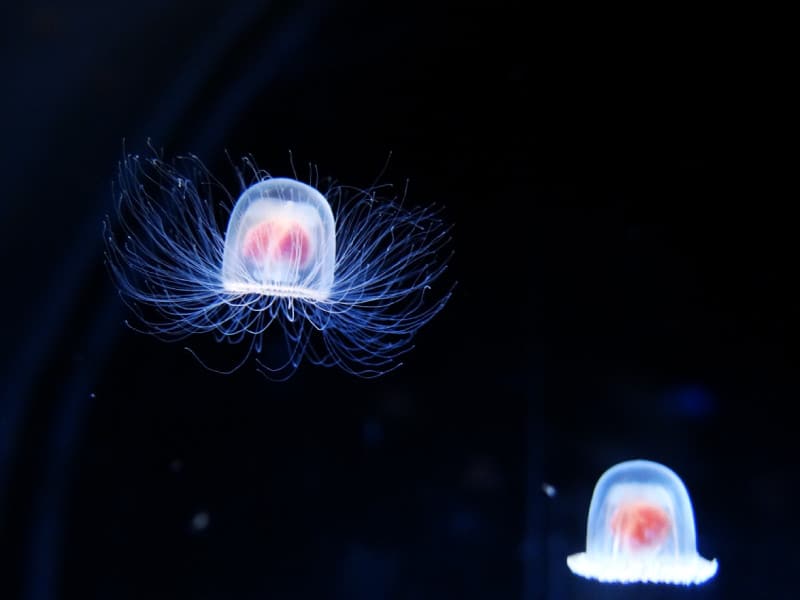Turritopsis Nutricula Facts
- Most notably, the truly astonishing Turritopsis Nutricula remains one of the most astounding species ever discovered by science. Such a grand statement must be supported by fact, of course. And, in this case, at least, the carefully researched facts appear to completely support the statement. Further, exhaustive ongoing research so far confirms those facts.
- First of all, this truly amazing variety of hydrozoan has no common name, just the scientific one. Nevertheless, its name remains on the tongue of researchers around the world. That holds true due to one mind-boggling fact about its physiology. That’s because, thanks to an unparalleled development of evolution, individuals appear to be effectively immortal.
- However, exceptions to this remarkable condition do exist. Any Turritopsis Nutricula can be killed, of course, such as if by a predator. Indeed, over the course of time it can be presumed that eventually all specimens fall victim to predation. But, due to its astonishing gift from evolution, no member of the species appears to die due to old age. Unfortunately, very few quality photographs of the animal exist.
Related Articles
Turritopsis Nutricula Physical Description
Firstly, it must be pointed out that, despite its astonishing nature, the Turritopsis Nutricula remains a very small type of hydrozoan. That holds true due to the fact that its adult body attains a small diameter. In fact, that small body, called the bell, only averages roughly 0.18 in (4.5 mm) in total width. It also develops about 80 -90 short tentacles, used for hunting and protection.
Furthermore, in keeping with the pattern of many related species, one aspect of its appearance stands out. That’s that the body of the surprising animal remains mainly translucent. However, an interior structure generally displays a bright color. But, this color varies between individuals. Nevertheless, the most common hues appear to be shades of red and yellow.
In addition, the sincerely marvelous creature known as the Turritopsis Nutricula qualifies as what science calls a colonial life form. That’s because its tiny body actually consists of numerous tiny, highly specialized individual creatures. In addition, these bond together to form a composite entity. Further, each component literally cannot live apart from the whole.
- Kingdom: Animalia
- Phylum: Cnidaria
- Class: Hydrozoa
- Order: Anthoathecata
- Family: Oceaniidae
- Genus: Turritopsis
- Species: T. nutricula
Turritopsis Nutricula Distribution, Habitat, and Ecology
Quite unsurprisingly, the truly incredible Turritopsis Nutricula evolved as native to only a very small portion of the world. More specifically, that highly restricted native range consists of the Caribbean. However, due to the actions of man, the species now appears in the waters of many other parts of the world. In fact, individuals have been found along the east coast of the United States, in North America, and along the coast of Europe.
Since it evolved as native to the Caribbean, the animal obviously prefers warmer waters. Further, it most commonly stays either at or near the surface of the water. This, therefore, serves as the reason for its dispersal to other parts of the world. That’s because, for unknown reasons, it likes to attach itself to the bottom of boats. However, those individuals transplanted to other regions of the world do not proliferate as well as those in its native area.
Given its small size, the Turritopsis Nutricula understandably has a somewhat restricted diet. As a result, this small carnivore feeds primarily on a combination of fish eggs, small mollusks, and plankton. But its immortality remains its most interesting trait. This occurs due to an astounding ability. At apparently random times, adult individuals initiate a still unknown process. This literally results in all parts of the creature reverting to an immature state.
Species Sharing Its Range
Check out our other articles on Distinctive North American Woody Shrubs, Black Footed Cat, McMurdo Dry Valleys, Guatemalan Fir, Blue Death Feigning Beetle, Tiger Shark, Reticulated Python

